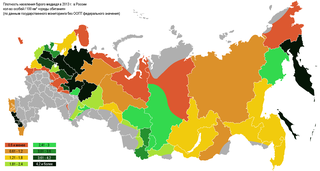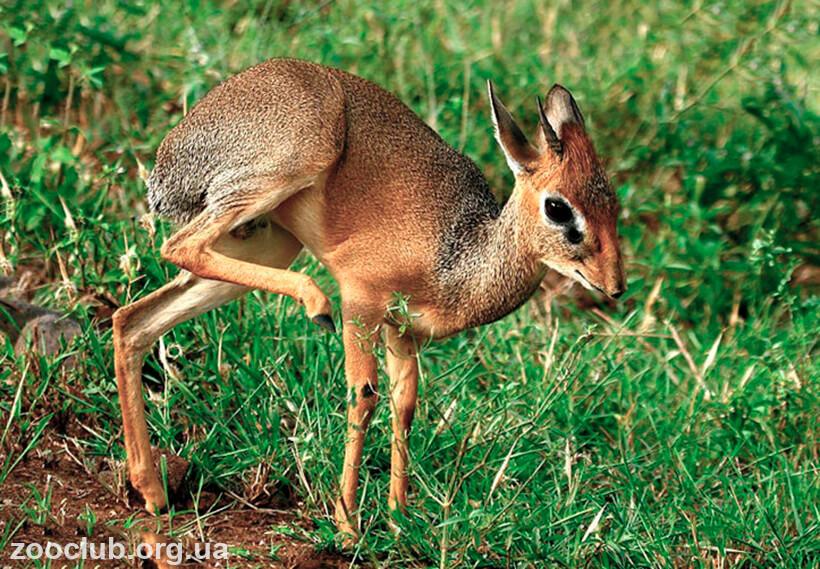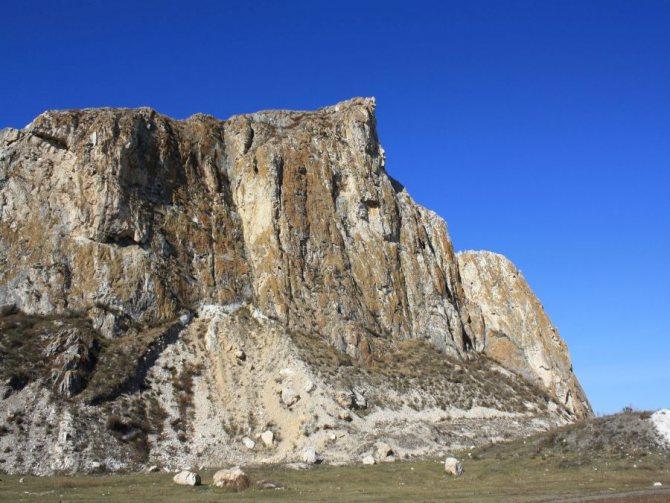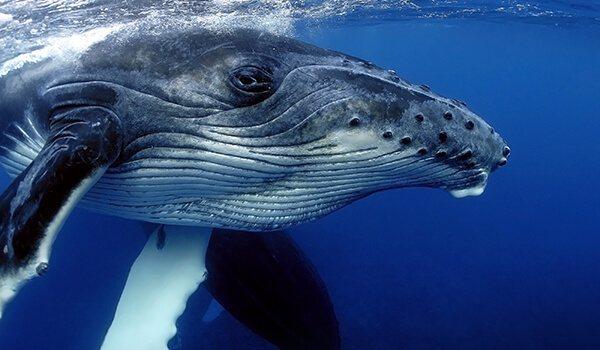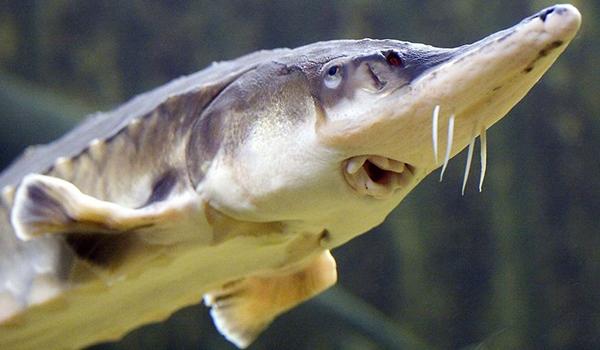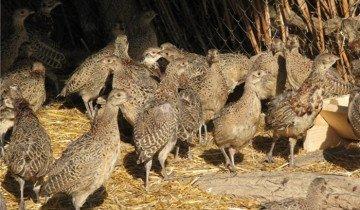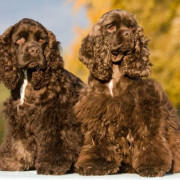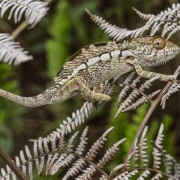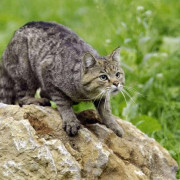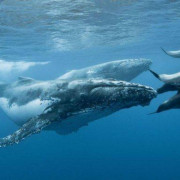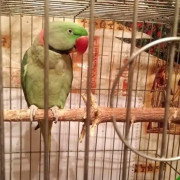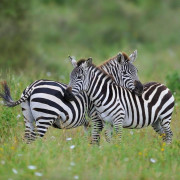Brown bear
Содержание:
- Distribution and habitat
- Hard-Coded Rewards
- Brown Bear Habitat
- Brown Bear Missions
- Credits
- Quests
- Behavior of the Brown Bear
- Meet The Brown Bear: Introduction
- Interesting Facts About the Brown Bear
- По данным портала ЗАЧЕСТНЫЙБИЗНЕСОБЩЕСТВО С ОГРАНИЧЕННОЙ ОТВЕТСТВЕННОСТЬЮ ЧАСТНАЯ ОХРАННАЯ ОРГАНИЗАЦИЯ «БУРЫЙ МЕДВЕДЬ»По данным портала ЗАЧЕСТНЫЙБИЗНЕС5263095139
- Brown Bear Life Cycle
Distribution and habitat
Brown bear at Brooks Falls.
The most widely distributed ursid (McLellan et al. 2008), the brown bear has a global distribution, with populations in North America, Europe, northern Asia, and Japan (Grzimek et al. 2004). It occupies about 5 million square kilometers of North America, 800,000 square kilometers of Europe (excluding Russia), and much of northern Asia (McLellan et al. 2008).
There are about 200,000 brown bears in the world. The largest populations are in Russia, with 120,000, the United States with 32,500, and Canada with 21,750. Ninety-five percent of the brown bear population in the United States is in Alaska, though in the western United States they are repopulating slowly but steadily along the Rockies and plains. In Europe, there are 14,000 brown bears in ten separate fragmented populations, from Spain in the west, to Russia in the east, and from Scandinavia in the north to Romania, Bulgaria, and Greece (with about 200 animals) in the south. They are extinct in the British Isles, extremely threatened in France and Spain, and in trouble over most of Central Europe. The brown bear is Finland’s national animal. The Carpathian brown bear population is the largest in Europe outside Russia, estimated at 4,500 to 5,000 bears.
Brown bears were once native to the Atlas Mountains in Africa, and may have existed as late as the mid-1800s in Algeria and Morocco and as late as 1500s in the Sinai of Egypt, but are not extinct in these areas (McLellan et al. 2008). They also were once in Mexico, but were extirpated there and in a large portion of the southwestern United States during the twentieth century (McLellan et al. 2008). Although many hold on to the belief that some brown bears still may be present in Mexico and the Atlas Mountains of Morocco, both are almost certainly extinct. The last known Mexican brown bear was shot in 1960. Very small numbers remain in Iraq and Nepal, but they have apparently been eliminated from Syria and possibly Bhutan (McLellan et al. 2008).
Brown bears live in Alaska, east through the Yukon and Northwest Territories, south through British Columbia and through the western half of Alberta. Small populations exist in the Greater Yellowstone ecosystem of northwest Wyoming (with about 600 animals), the Northern Continental Divide ecosystem of northwest Montana (with about 400-500 animals), the Cabinet-Yaak ecosystem of northwest Montana and northeast Idaho (with about 30-40 animals), the Selkirk ecosystem of northeast Washington and northwest Idaho (with about 40-50 animals), and the North Cascades ecosystem of north-central Washington (with about 5-10 animals). These five ecosystems combine for a total of roughly 1,200 wild grizzlies still persisting in the contiguous United States. Unfortunately, these populations are isolated from each other, inhibiting any genetic flow to occur between ecosystems. This poses one of the greatest threats to the future survival of the grizzly bear in the contiguous United States.
The population of brown bears in the Pyrenees mountain range between France and Spain is so low, estimated at fourteen to eighteen with a shortage of females, that bears, mostly female, from Slovenia were released in the spring of 2006 to alleviate the imbalance and preserve the species’ presence in the area, despite protests from French farmers.
In Arctic areas, the potential habitat of the brown bear is increasing. The seeming warming of that region has allowed the species to move farther and farther north into what was once exclusively the domain of the polar bear. In non-Arctic areas, habitat loss is blamed as the leading cause of endangerment, followed by hunting.
North American brown bears seem to prefer open landscapes, whereas in Eurasia they inhabit mostly dense forests. It is thought that the Eurasian bears that colonized America were tundra adapted, something indicated by brown bears in the Chukotka Peninsula on the Asian side of Bering Strait, which are the only Asian brown bears to live year-round in lowland tundra like their American cousins (RHA 2007).
Hard-Coded Rewards
| Quest Number | Reward |
|---|---|
| Every 3 | 1 Jelly Bean |
| 5 | 3 Field Dice |
| 10 | 5 Micro-Converters |
| 15 | 5 Field Dice |
| 20 | 25 |
| 25 | 1 |
| 30 | 5 Micro-Converters |
| 35 | 1 Oil |
| 40 | 50 Bitterberries |
| 45 | 1 Enzyme |
| 50 | 1 |
| 55 | 1 Magic Bean |
| 60 | 50 Bitterberries |
| 65 | 5 Field Dice |
| 70 | 5 Micro-Converters |
| 75 | 1 Diamond Egg |
| 80 | 10 Micro-Converters |
| 85 | 1 Tropical Drink |
| 90 | 1 |
| 95 | 100 Gumdrops |
| 100 | 1 |
| 105 | 1 Oil |
| 111 | 5 Box-O-Frogs |
| 115 | 1 Enzyme |
| 120 | 1 Magic Bean |
| 125 | 1 |
| 130 | 1 Enzyme |
| 135 | 50 Bitterberries |
| 140 | 1 Glue |
| 145 | 5 Field Dice |
| 150 | 100 Tickets |
| 155 | 5 Micro-Converters |
| 160 | 3 Oil |
| 165 | 1 Enzyme |
| 170 | 5 Micro-Converters |
| 175 | 100 Gumdrops |
| 180 | 50 Bitterberries |
| 185 | 1 Oil |
| 190 | 1 Magic Bean |
| 195 | 1 Star Jelly |
| 200 | 1 Mythic Egg |
| 205 | 5 Field Dice |
| 210 | 50 Bitterberries |
| 215 | 5 Micro-Converters |
| 220 | 1 Magic Bean |
| 225 | 1 Atomic Treat |
| 230 | 3 Enzymes |
| 235 | 1 Glue |
| 240 | 100 Gumdrops |
| 245 | 50 Bitterberries |
| 250 | 250 Tickets |
| 255 | 3 Oil |
| 260 | 1 Enzyme |
| 265 | 5 Field Dice |
| 270 | 5 Micro-Converters |
| 275 | 1 Gifted Gold Egg |
| 280 | 1 Magic Bean |
| 285 | 3 Oil |
| 290 | 100 Gumdrops |
| 295 | 50 Bitterberries |
| 300 | Brown Cub Buddy Skin |
| 305 | 3 Enzymes |
| 350 | 250 Tickets |
| 750 | 1 |
| Every 500 starting from 750 | 1 Star Treat |
Brown Bear Habitat
 Brown bears favor open habitats with some vegetation.
Brown bears favor open habitats with some vegetation.
The brown bear is found in a wide variety of habitats, including dry steppes (grasslands), open shrublands and many different types of forest (including rainforests).
Brown bears are similarly unselective about the altitude at which they live. They are found from sea level through to mountainous areas with elevations up to 5,500 m (18,000 ft.).
Typical brown bear habitat is open, un-forested country with patches of vegetation.
In North America, the brown bear shares much of its range with the American black bear. In the northernmost part of its range overlaps with that of the polar bear.
In Asia, the brown bear shares parts of its range with the Asian black bear.
The chance of confrontations between brown bears and both Asian and American black bears is diminished due to the brown bear’s preference for more open habitats, together with its more nocturnal lifestyle.
 The brown bear is found in many forest habitats.
The brown bear is found in many forest habitats.
Brown Bear Missions
| Mission | Objectives | Gm$ | Hints |
|---|---|---|---|
| The Comeback Kid |
|
100 | |
| Head Count |
|
200 | |
| Southpaw | 300 | ||
| Heavy Hitter | 400 | ||
| Slugger |
|
600 | |
| Bad News Bears |
|
800 | |
| Far-fetched | 1000 | ||
| Biologist Schmiologist |
|
1200 | |
| This All Sounds Awfully Familiar | 1800 | ||
| We Woke Up The Mama | 3600 |
|
Credits
New World Encyclopedia writers and editors rewrote and completed the Wikipedia article
in accordance with New World Encyclopedia standards. This article abides by terms of the Creative Commons CC-by-sa 3.0 License (CC-by-sa), which may be used and disseminated with proper attribution. Credit is due under the terms of this license that can reference both the New World Encyclopedia contributors and the selfless volunteer contributors of the Wikimedia Foundation. To cite this article click here for a list of acceptable citing formats.The history of earlier contributions by wikipedians is accessible to researchers here:
Brown_Bear history
The history of this article since it was imported to New World Encyclopedia:
History of «Brown bear»
Note: Some restrictions may apply to use of individual images which are separately licensed.
Quests
Brown Bear is an infinite quest giver. His quests scale up in difficulty the more the player completes, with the reward also getting bigger the more difficult it gets. The fields required for a quest are only chosen from the fields the player has access to, with the exception of the Ant Field. Each quest always rewards a ticket, royal jelly, and increasing amounts of honey depending on the difficulty of the current quest. Certain thresholds may reward other items as well.
There are 5 different types of quests:
- Quests that require 1 random field (ex. Brown Bear: Solo Coco)
- Quests that require 2 random fields (ex. Brown Bear: Dande, Bamb)
- Quests that require colored pollen and 1 random Field (ex. Brown Bear: White, Cact)
- Quests that require colored pollen and 2 random Fields (ex. Brown Bear: Blue, Pep, Mount)
- Quests that require 4 random fields (ex. Brown Bear: Sun, Ros, Spid, Pump)
Scaling (<1000 quests)
Let x equal the minimum amount of pollen for the quest
Let y equal the maximum amount of pollen for the quest
Amount of pollen required for a quest =
$ \{x ~ + ~ \{\{y ~ — ~ x\} ~ \times ~ \{{\frac{numberofquestscompleted}{1000}}\}^4\}\} $
Scaling (1000+ quests)
Behavior of the Brown Bear
Depending on the region and potential for human interaction, these bears are either nocturnal or crepuscular. Crepuscular bears are most active early in the morning and late in the evening. They will retreat to a secure den during the winter months, but do not fully hibernate.
Waking a “hibernating” bear is much easier than other animals that truly hibernate. Most hibernation occurs alone, as these bears are usually solitary. They have large ranges, but are not particularly territorial. Adult males are more aggressive, and though ranges sometimes overlap, bears usually avoid one another.
Meet The Brown Bear: Introduction
With its large, powerful build, shaggy brown fur and long claws, the brown bear is one of the world’s most famous – and most fearsome – animals.
The brown bear is one of the eight living species of bear. Along with the polar bear, it is the joint largest terrestrial (land-dwelling) member of the order Carnivora. (The largest carnivoran is the southern elephant seal.)
- Want to know more about terms such as ‘species’, ‘subspecies’ and ‘order’? Check out our article on Animal Classification.
- Find out more about Carnivora and other Types Of Mammals
The brown bear is found in North America, Europe and Asia. At least 16 subspecies (types) are currently recognized. These include the Kodiak bear (the largest subspecies), the grizzly bear (perhaps the ‘most famous’ type of brown bear) and the Eurasian brown bear (the commonest type brown bear).
Interesting Facts About the Brown Bear
It’s no secret that these bears can be dangerous. However, we should respect them as well as fear them. Understanding these animals allows humans and bears to coexist peacefully. Learn more about these bears below.
- Variability – Brown bears come in a large range of sizes because they have such a large geographic range. These bears follow Bergmann’s Rule, where animals increase in size as you move farther north in latitude. Scientists believe this is because greater mass allows animals to survive harsher climates.
- Powerful Paws – These bears are big, and that means that their paws and claws are big as well. A brown bear’s curved claws can be nearly four inches long! The feet themselves can be a foot and a half long, though the average is closer to one foot. A single swipe with their strong paws can take down a prey item.
- A Bear’s Bear – The scientific name of this species Ursus arctos literally translates to “bear bear.” Ursus is Latin for “bear” and arctos is Greek for “bear.” It’s possible they wanted to ensure there was no confusion that this animal is, indeed, a bear!
- Food for Thought – Even though nature documentaries love to show brown bears hunting salmon or feeding on elk, these creatures actually derive much of their diet from plants. In some areas, up to 90% of a bear’s food energy can come from vegetable matter. They will eat berries, grasses, acorns, flowers, mushrooms, and a wide variety of other plants.
По данным портала ЗАЧЕСТНЫЙБИЗНЕСОБЩЕСТВО С ОГРАНИЧЕННОЙ ОТВЕТСТВЕННОСТЬЮ ЧАСТНАЯ ОХРАННАЯ ОРГАНИЗАЦИЯ «БУРЫЙ МЕДВЕДЬ»По данным портала ЗАЧЕСТНЫЙБИЗНЕС5263095139
О компании:
ООО ЧОО «БУРЫЙ МЕДВЕДЬ» ИНН 5263095139, ОГРН 1125263006197 зарегистрировано 23.10.2012 в регионе Нижегородская Область по адресу: 603003, Нижегородская обл, город Нижний Новгород, улица Васенко, 4, ОФИС 107. Статус: Ликвидировано. Размер Уставного Капитала 270 000,00 руб.
Руководителем организации является: Директор — Малынин Павел Анатольевич, ИНН . У организации 2 Учредителя. Основным направлением деятельности является «».
Статус: ?
Ликвидировано
Дата регистрации: По данным портала ЗАЧЕСТНЫЙБИЗНЕС
?
По данным портала ЗАЧЕСТНЫЙБИЗНЕС
23.10.2012
Дата ликвидации: 17.11.2015
|
ОГРН ? |
1125263006197 присвоен: 23.10.2012 |
|
ИНН ? |
5263095139 |
|
КПП ? |
526301001 |
Юридический адрес: ?
По данным портала ЗАЧЕСТНЫЙБИЗНЕС
603003, Нижегородская обл, город Нижний Новгород, улица Васенко, 4, ОФИС 107
получен 23.10.2012
зарегистрировано по данному адресу:
По данным портала ЗАЧЕСТНЫЙБИЗНЕС
По данным портала ЗАЧЕСТНЫЙБИЗНЕС
Руководитель Юридического Лица ?По данным портала ЗАЧЕСТНЫЙБИЗНЕС
ДиректорПо данным портала ЗАЧЕСТНЫЙБИЗНЕС
Малынин Павел Анатольевич
| ИНН ? |
По данным портала ЗАЧЕСТНЫЙБИЗНЕС |
| действует с | По данным портала ЗАЧЕСТНЫЙБИЗНЕС 23.10.2012 |
Учредители ? ()
Уставный капитал: По данным портала ЗАЧЕСТНЫЙБИЗНЕС
270 000,00 руб.
|
Деревягин Игорь Валерьевич 135 000,00руб., 28.02.2013 , ИНН |
|
|
Рябов Владимир Валерьевич 135 000,00руб., 28.02.2013 , ИНН |
Основной вид деятельности: ?По данным портала ЗАЧЕСТНЫЙБИЗНЕС
74.60
Дополнительные виды деятельности:
Единый Реестр Проверок (Ген. Прокуратуры РФ) ?
Реестр недобросовестных поставщиков: ?
По данным портала ЗАЧЕСТНЫЙБИЗНЕС
не числится.
Налоговый орган ?
По данным портала ЗАЧЕСТНЫЙБИЗНЕС
Инспекция Федеральной Налоговой Службы По Сормовскому Району Г.нижнего Новгорода
Дата постановки на учет: По данным портала ЗАЧЕСТНЫЙБИЗНЕС
23.10.2012
Регистрация во внебюджетных фондах
| Фонд | Рег. номер | Дата регистрации |
|---|---|---|
|
ПФР ? |
062057034829 |
По данным портала ЗАЧЕСТНЫЙБИЗНЕС 26.10.2012 |
|
ФСС ? |
520801129152261 |
По данным портала ЗАЧЕСТНЫЙБИЗНЕС 31.10.2012 |
Финансовая отчетность ООО ЧОО «БУРЫЙ МЕДВЕДЬ» ?
|
В качестве Поставщика: , на сумму |
|
В качестве Заказчика: , на сумму |
По данным портала ЗАЧЕСТНЫЙБИЗНЕС
Судебные дела ООО ЧОО «БУРЫЙ МЕДВЕДЬ» ?
|
найдено по ИНН: По данным портала ЗАЧЕСТНЫЙБИЗНЕС |
|
найдено по наименованию (возможны совпадения): По данным портала ЗАЧЕСТНЫЙБИЗНЕС |
По данным портала ЗАЧЕСТНЫЙБИЗНЕС
Исполнительные производства ООО ЧОО «БУРЫЙ МЕДВЕДЬ»
?
|
найдено по наименованию и адресу (возможны совпадения): По данным портала ЗАЧЕСТНЫЙБИЗНЕС |
По данным портала ЗАЧЕСТНЫЙБИЗНЕС
Лента изменений ООО ЧОО «БУРЫЙ МЕДВЕДЬ»
?
Не является участником проекта ЗАЧЕСТНЫЙБИЗНЕС ?
Brown Bear Life Cycle
 Brown bear cubs stay with their mother for around 2.5 years.
Brown bear cubs stay with their mother for around 2.5 years.
The brown bear mating season occurs in May to July. During this time females communicate their readiness to mate via scent markings. Males, attracted by the scent, may fight to establish dominance.
The cubs are born in January and February, while the female is denning. There are usually 1 to 3 cubs in a litter (most commonly 2), but litters of 6 cubs have been reported. Brown bear cubs are born blind and hairless. They are completely dependent upon their mother, who provides them with milk for the first five months of their lives.
By spring or early summer, the cubs are ready to accompany their mother on long foraging expeditions. The length of time the cubs stay with their mother varies from region to region. North American brown bear cubs stay with their mothers for around two and a half years. In Scandinavia, brown bear cubs may leave after just a year and a half.
Female brown bears reach sexual maturity at around 4 to 8 years of age. Males need to attain a sufficient size to be able to outcompete other males before they can mate.
